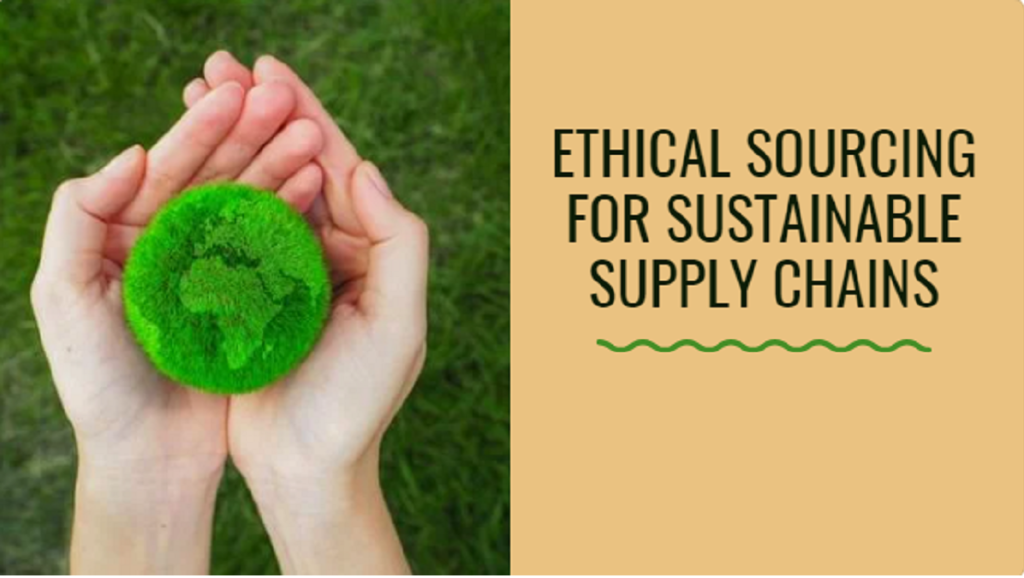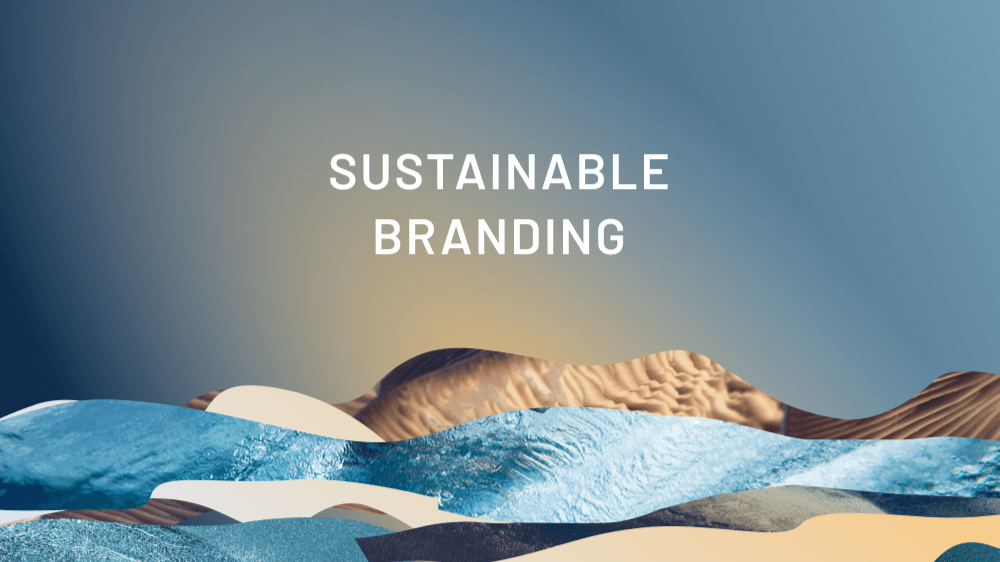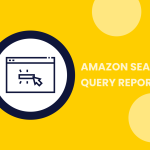
Ethical Sourcing and Sustainability: Building Trust with Conscious Consumers
As eCommerce continues to expand, a growing number of consumers are basing their purchasing decisions on more than just price or convenience. Today’s conscious shoppers are looking for transparency, ethics, and sustainability in the brands they support. For Amazon sellers and online brands, prioritizing ethical sourcing and sustainable practices isn’t just a good PR move—it’s a competitive necessity.

Why Ethical Sourcing Matters
Ethical sourcing refers to the process of ensuring that the products being sourced are obtained in a responsible and sustainable way. This includes fair labor practices, safe working conditions, and environmentally friendly materials. When consumers know that a product has been ethically sourced, they feel more confident and loyal to the brand.
According to a recent study by McKinsey & Company, 66% of all respondents and 75% of millennials say they consider sustainability when making a purchase. As this shift continues, sellers who ignore these values risk losing a significant share of the market to brands that align with customers’ evolving expectations.
Building a Trustworthy, Sustainable Brand
Trust is currency in the digital marketplace. Incorporating ethical sourcing into your supply chain can serve as a powerful brand differentiator, especially on platforms like Amazon. Here’s how to build that trust effectively:
Vet Your Suppliers Carefully: Work with manufacturers that share your values. Look for third-party certifications like Fair Trade, FSC (Forest Stewardship Council), or GOTS (Global Organic Textile Standard).
Be Transparent: Include details about your sourcing and manufacturing processes in your product descriptions, A+ Content, and storefront. Transparency fosters trust.
Use Sustainable Packaging: Reduce plastic use, use recyclable or compostable materials, and consider implementing a minimalist packaging design. For tips, check out this Shopify guide on sustainable packaging.
Highlight Your Values Through Storytelling: Use your Amazon storefront and brand story section to share your mission, introduce your partners, and celebrate your sustainability efforts.

Marketing Sustainability to the Right Audience
Sustainability isn’t just a value—it’s a marketing lever. Here’s how to effectively position your brand:
Leverage Amazon’s Climate Pledge Friendly Program: This badge can boost visibility and credibility. Learn how to qualify by reviewing Amazon’s Climate Pledge Friendly program.
Incorporate SEO-Driven Keywords: Use search terms that conscious consumers are likely to use, such as “sustainably sourced,” “eco-conscious,” “ethically made,” and “zero-waste packaging.”
Engage Customers on Social Media: Highlight your sourcing practices and eco-initiatives on platforms like Instagram and TikTok. Video content showing your process can go a long way in building credibility.
Actionable Tips for Ethical Sellers
If you’re looking to implement or improve your ethical sourcing practices, consider the following steps:
Start with a Sourcing Audit: Evaluate current suppliers and materials. Replace any non-compliant vendors.
Invest in Certifications: Certifications increase trust and justify premium pricing.
Educate Your Customers: Create blog posts, infographics, or even Amazon posts that explain your sustainability journey.
Track and Share Progress: Share milestones and metrics (like plastic reduction or carbon offsets) with your customers.

Conclusion
Conscious consumers are reshaping the future of eCommerce. Prioritizing ethical sourcing and sustainability is more than a trend—it’s an essential part of building a loyal customer base and standing out in saturated marketplaces. By aligning your brand with these values and communicating them clearly, you don’t just build a business—you build trust.
For further reading, you might explore Walmart’s Sustainability Hub or Shopify’s extensive sustainability resources to dive deeper into actionable strategies.














